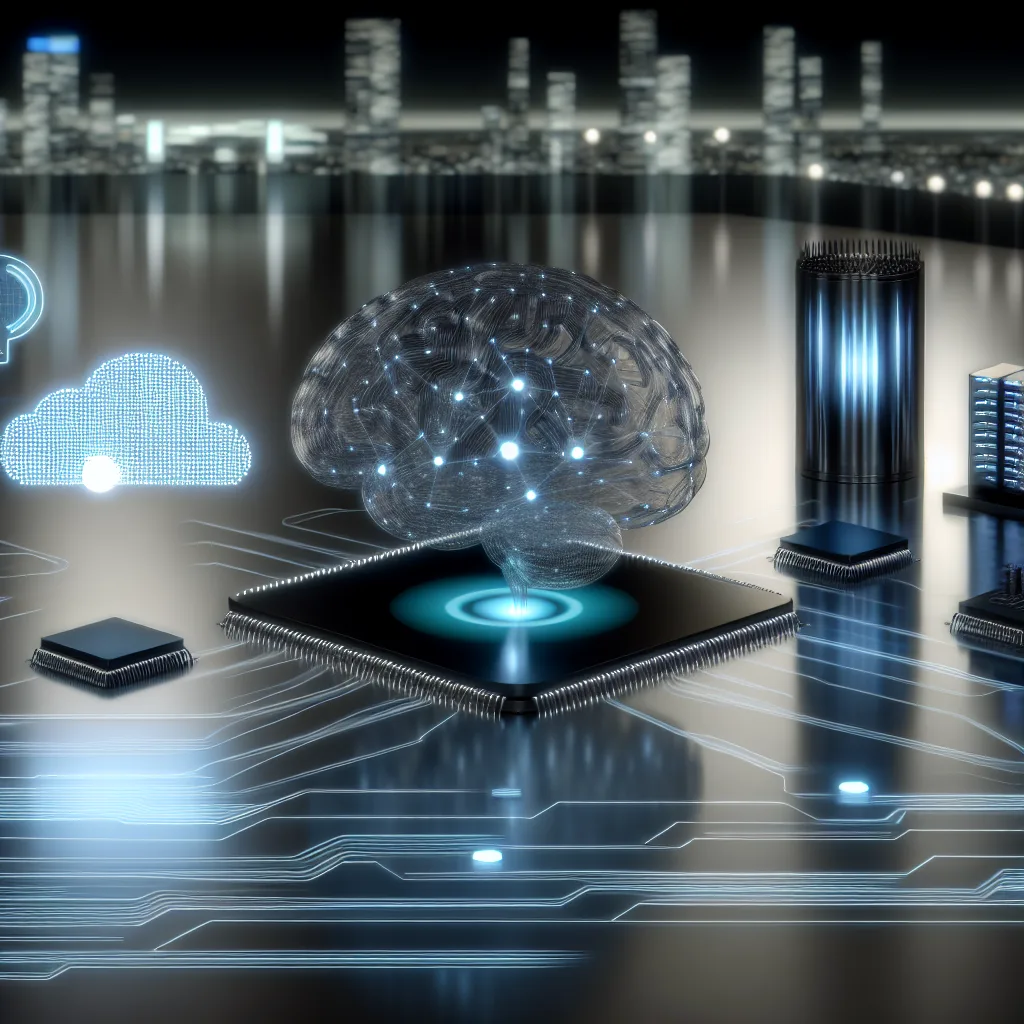A straightforward look at how AI environments, new models, and tech giants’ moves shape the AI landscape in 2025
If you’re anything like me, keeping up with the latest AI trends feels a bit like trying to drink from a firehose. Every day, it seems like there’s something new, some big company making a move, or a cool technology changing the game. So, I wanted to break down some of the most interesting developments from late 2025 that really highlight how the AI world is evolving.
Silicon Valley’s Big Bet on AI Training Environments
One of the coolest things happening right now is Silicon Valley doubling down on what they call ‘environments’ to train AI agents. Think of these environments as specialized playgrounds where AI models learn not just by reading data, but by interacting and experimenting in a controlled setting. This hands-on approach helps the AI become better at understanding complex tasks, kinda like how we learn best by doing, not just memorizing.
You can imagine the potential here: better-trained AI could mean smarter personal assistants, more accurate recommendations, or even AI that can adapt quickly to new challenges. This is part of a broader shift in AI training that’s gaining traction among researchers and companies alike. Here’s a detailed look at AI training environments if you’re curious.
Meet xAI’s Grok-4-Fast: A New AI Model on the Block
Another headline grabbing development is xAI’s launch of Grok-4-Fast. It’s a mouthful, but what really stands out is that this model blends reasoning and non-reasoning capabilities in one package and comes with a crazy long context window of 2 million tokens. What does that mean? It can keep track of way more information at once, which is huge for tasks like understanding long texts or conversations.
Plus, it’s trained end-to-end using a tool-use reinforcement learning method. Without diving too deep into tech jargon, this means the AI learns by interacting with tools and getting better through trial and error – kind of like how a kid learns to use a new gadget by messing around with it.
You can check xAI’s details on their official site to learn more about this fascinating model: xAI Grok-4-Fast.
Apple’s New AI-Focused iPhone Architecture
On the hardware side, Apple isn’t sitting still either. They’ve announced that all the core chips in the new iPhone Air are designed with a new architecture that puts AI front and center. This means the phone is better optimized to run AI tasks efficiently, like voice recognition, image processing, or even augmented reality applications right on your device.
Why does this matter? Well, having AI power baked directly into the hardware usually means faster responses and better battery life for those AI-driven features. It’s a sign of how mainstream AI capabilities are becoming, not just a cloud-side fancy thing. This info is from Apple’s official announcements — you can learn more about their chip designs on Apple’s developer site.
Oracle and Meta Eye a Massive AI Cloud Computing Deal
Last but not least, there’s big business brewing between Oracle and Meta. Oracle is looking at a potential $20 billion deal to provide AI cloud computing services to Meta. For those who don’t know, cloud computing lets companies rent powerful computers over the internet instead of owning them outright. It’s essential for processing massive AI workloads.
This deal could mean Meta is ramping up its AI projects significantly, relying on Oracle’s infrastructure to handle the heavy lifting. It’s a big reminder that behind all the AI products we use daily, there are complex partnerships and massive infrastructure investments powering them.
Wrapping It Up
The latest AI trends show a mix of smarter training techniques, powerful new models, device-optimized AI chips, and huge cloud deals shaping the AI future. For anyone interested in how AI is growing and why it matters, these stories each offer a glimpse into the fast-moving AI landscape of 2025.
If you’re eager to keep an eye on AI progress, it’s worth watching how these areas develop over the next year or two. And if you want more updates, tech websites like Wired and TechCrunch do a great job covering these advances without getting too technical.
So, what do you think? Which of these AI trends seems most exciting or relevant to you?
